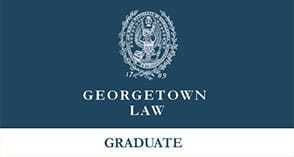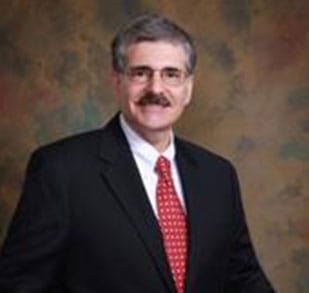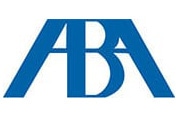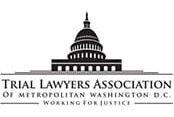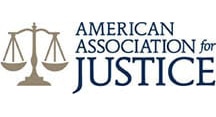Distracted driving deaths down, fatalities up from risky driving
On behalf of Law Offices of Steven H. Dorne posted in Fatal Motor Vehicle Accidents on October 11, 2017.
The data for 2016 is in from the National Highway Traffic Safety Administration, and the news is somewhat troubling. While fatalities from distracted drivers dipped by 2.2 percent last year, overall traffic deaths rose for the second straight year. NHTSA cites other forms of risky behavior including speeding, failure to wear seatbelts and drunk driving as responsible for the increase.
The safety agency estimates that 37, 461 people were killed in motor vehicle accidents last year. That’s the highest number since 2007. Fatal crashes increased by 5.6 percent over 2015, which itself represented a sharp spike. That year, fatal collisions jumped by 8.4 percent over 2014. It was the largest annual percentage increase since the mid 1960s, according to Bloomberg news.
The message may be getting out on the dangerousness of texting, using cellphones and other distracting behaviors while driving. As we mentioned, fatal accidents involving distracted drivers fell last year even though the total number of fatal accidents rose. NHTSA blames drunk driving for the most driving fatalities.
Fatalities among pedestrians, bicyclists and motorcyclists also increased last year. These so-called “non-vehicle occupants” made up nearly a third of traffic fatalities in 2016, which is a substantial increase from roughly 25 percent in 2015.
Traffic safety regulators have sounded an alarm about the growth in fatal traffic crashes. Congress has responded in part by moving forward on legislation to authorize self-driving vehicles with no human controls. A bill to allow fully automated cars passed the Senate Commerce, Science and Transportation Committee last week after passing the full House of Representatives in September. The bill does not authorize fully automated trucks.
The bill just approved by the Senate committee would allow each automaker to sell up to 80,000 autonomous vehicles each year if they could show they are as safe as existing cars.
NHTSA would be required to write permanent safety rules within a decade, among other requirements. One thrust of the legislation is to “help ensure that the United States leads the world in self-driving innovation.”
The Senate bill includes language preserving the legal rights of injured people to sue over any autonomous cars that are defective.
NHTSA “continues to promote vehicle technologies that hold the potential to reduce the number of crashes and save thousands of lives every year,” the agency said in a statement. They “may eventually help reduce or eliminate human error and the mistakes that drivers make behind the wheel.”
Some safety advocates say there are insufficient safeguards in the bill and have vowed to continue fighting for changes in the final, reconciled bill.
Tags: distracted driving, driverless vehicles, drunk driving, Fatal Motor Vehicle Accidents, research & statistics, safety tech,
Related Posts: Car seats and the safety of children, NTSB calls for new pedestrian safety measures, August 2 is the most dangerous day for car wrecks, Obliviousness to wet weather can be cause of wrongful death, Self-driving cars bring many liability issues,


